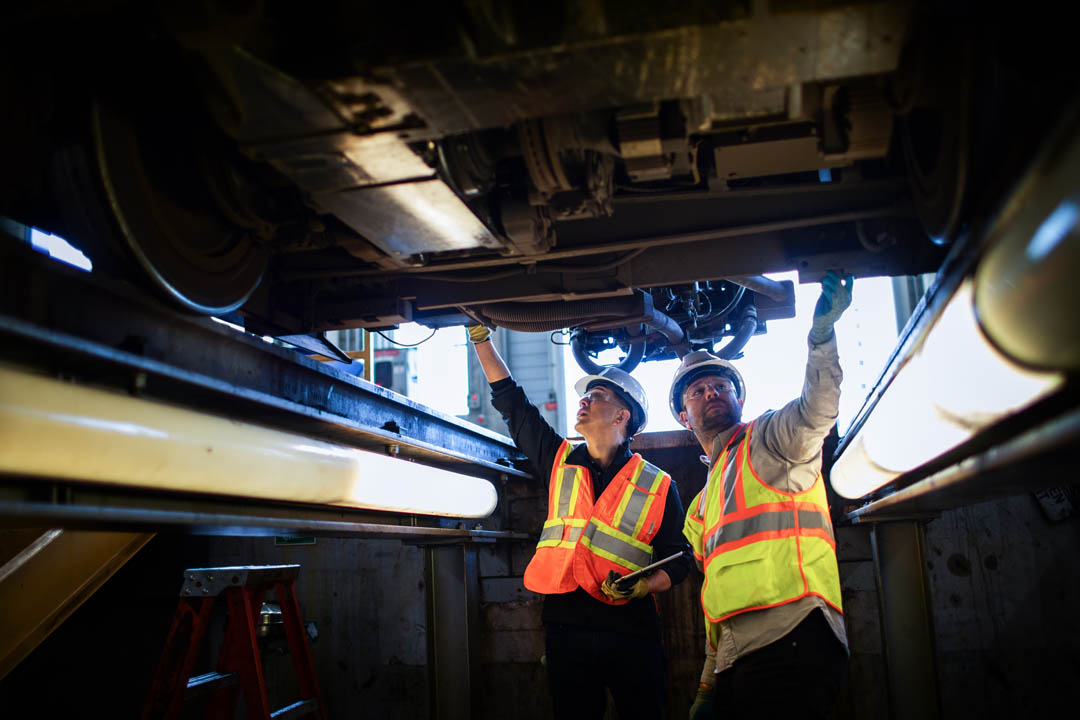Sound Transit’s System Expansion
Changing the fabric of the Puget Sound region
Annual review 2025
Project
From a small streetcar corridor to a first-of-its-kind system over Lake Washington’s I-90 floating bridge, it’s impossible to travel around the Puget Sound region without seeing Hatch’s engineering excellence at work.
Since 1998, we’ve been trusted partners of Sound Transit, metropolitan Seattle’s public transit agency. The outcomes of our partnership have set the region up for success for decades to come.
- 25 YEAR partnership
- 41.7 M passengers
Sound Transit’s System Expansion
In the late 1990s, Sound Transit had a vision for Seattle’s public transit system. They brought on Hatch (then LTK Engineering) to develop a streetcar line in Tacoma, known today as the T Line, to help alleviate traffic congestion in the area.
We led every aspect of the original design and engineering for the T Line, and returned years later to help extend the line, modernize the maintenance facility, and expand its yard capacity in the process. But the work didn’t stop there.
The T Line laid the groundwork for the region’s broader transit future, and Sound Transit knew they needed Hatch’s expertise to ensure success. What springboarded from that first small transit corridor would launch a 25-year partnership and change the landscape of transit in the Puget Sound area forever.
On the heels of the T Line’s success, Sound Transit turned its attention to improving transportation in central Seattle, but that was a more complicated task. The Downtown Seattle Transit Tunnel (DSTT) was originally designed for buses and trains. The platform heights and systems for stray current mitigation and track isolation needed to be rebuilt to accommodate modern low-floor light rail vehicles (LRVs), enabling level boarding for improved rider accessibility.
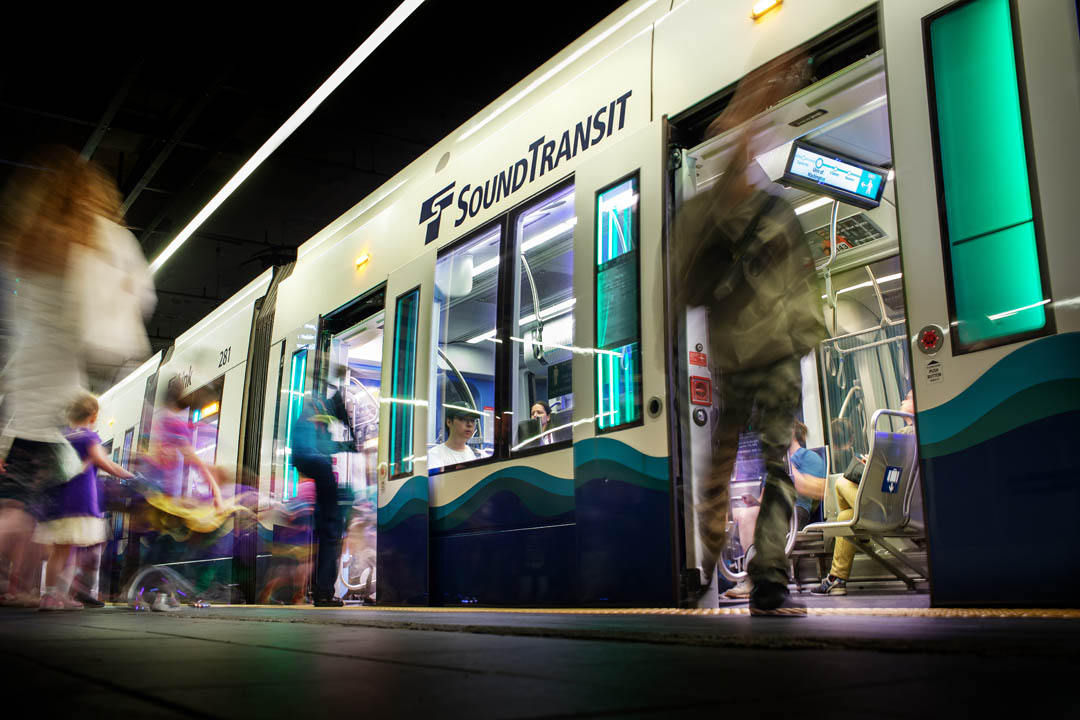
We designed and engineered corrosion control, communications, rail signal, and traction power engineering systems, and led vehicle specification and commissioning. All the while, we ensured that the new and repurposed infrastructure adhered to the region’s rigorous safety and performance standards.
With LRVs now on the move through central Seattle, Sound Transit knew that connecting the surrounding communities was the next logical priority.
We supported expansion of the 1 Line connecting to SeaTac Airport south of downtown Seattle, then north to the University of Washington, Northgate, and Lynnwood. Then, we worked to connect communities east of Lake Washington with the 2 Line, starting in Bellevue and extending northwest to Downtown Richmond. In total, this represents more than 40 miles of track, serving an average of 80,000 weekday riders.
The 1 and 2 Lines needed to be linked via the I-90 floating bridge over Lake Washington, posing another unprecedented challenge. To connect the lines along the bridge, we had to reimagine the design and installation of the overhead contact system (OCS), which delivers electrical power to vehicles on the line.
The floating bridge can shift up to 7 feet laterally and can rise and fall several feet as lake levels change. To accommodate this type of dynamic movement, we designed a first-of-its-kind expansion joint to safely deliver power to the trains moving across the bridge.
The Seattle region has unique constraints such as seismic vibration limits at the University of Washington and electromagnetic interference thresholds along the track. We implemented innovative solutions to meet these strict requirements.

- 134,000 weekday riders
From a small streetcar line to the procurement of new LRVs, Sound Transit has trusted our expertise at every stage. We supported the design, construction inspection, testing and commissioning delivery of the original 62 Kinki Sharyo cars on the Link 1 Line, and since 2016, we’ve provided the same project support for more than 160 new Siemens LRVs, ensuring every component, from propulsion systems to signage, meets operational needs.
It’s hard to find a corner or corridor of Sound Transit’s now expansive transit network that Hatch hasn’t touched. We’ve helped write technical specifications for procuring vehicles, supported contract negotiations, and overseen all design reviews, manufacturing inspections, and on-site testing. We’ve supported Sound Transit’s Sounder commuter rail, managing locomotive overhaul programs and performing equipment valuations.
In 2024, Sound Transit services carried a total of 41.7 million passengers and averaged more than 134,000 weekday riders, all of whom have witnessed Hatch’s engineering excellence in action, whether they know it or not.
From concept planning to boots-on-the-ground testing, we remain Sound Transit’s partner of choice and an embedded resource in their mission to deliver sustainable and affordable transit for their growing region—a mission that isn’t focused solely on infrastructure, but on connecting people, building communities, and delivering reliable, accessible transit solutions.
Explore more: Annual review 2025
- PROJECT
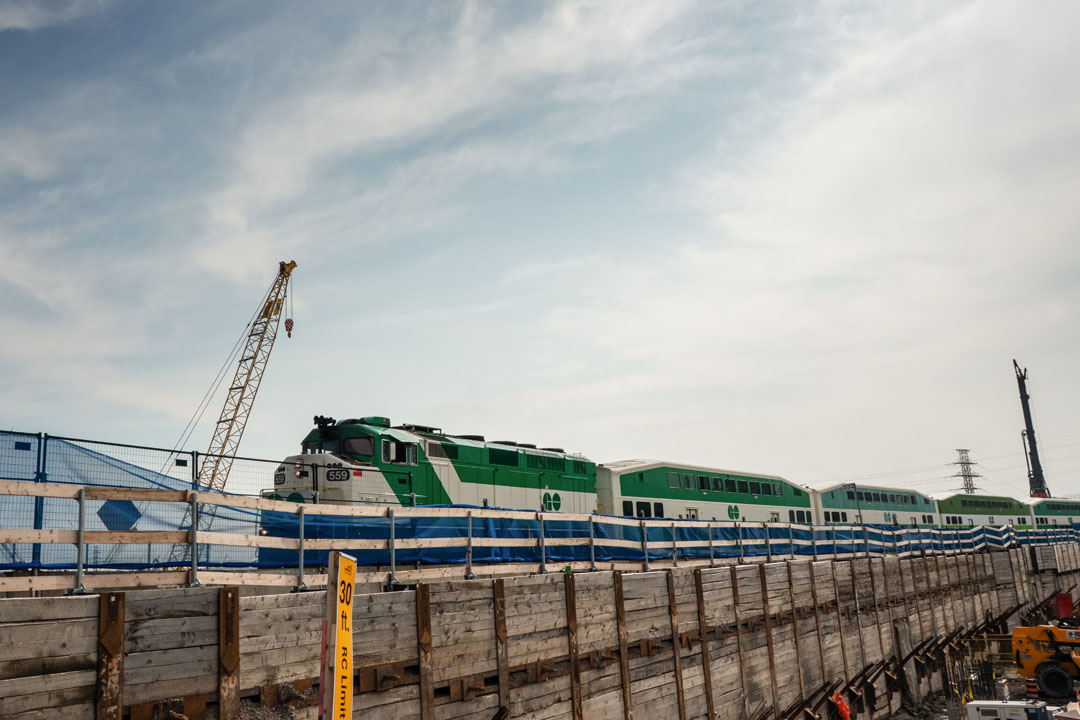
East Harbour Transit Hub
- INSIGHTS
Efficiency by design: Delivering Capital projects in today’s markets
- PROJECT
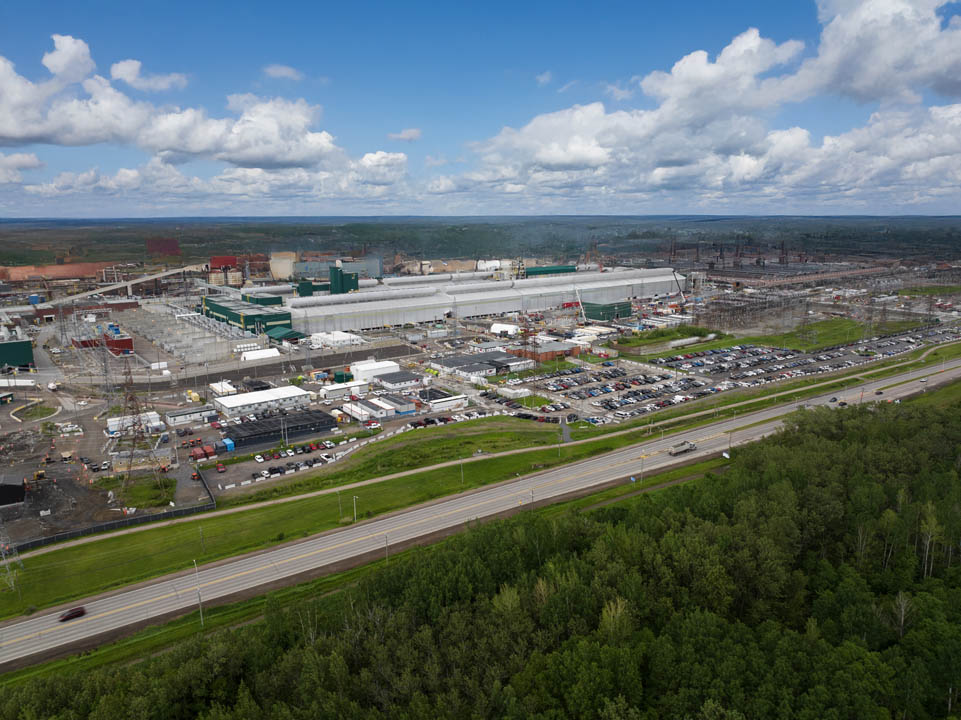
AP60 Expansion Project
- INSIGHTS
Ushering in a new era of intelligent risk-based decision making in construction
- PROJECT
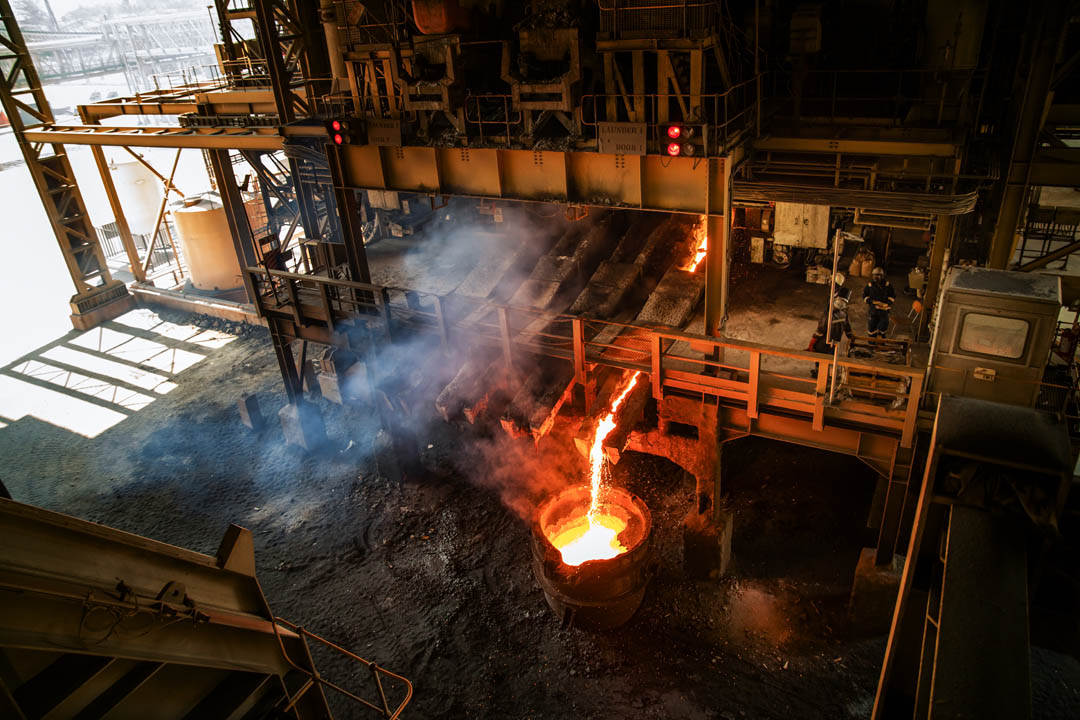
Zimplats Smelter Expansion
- INSIGHTS
Contractor delivery for successful project outcomes
- PROJECT
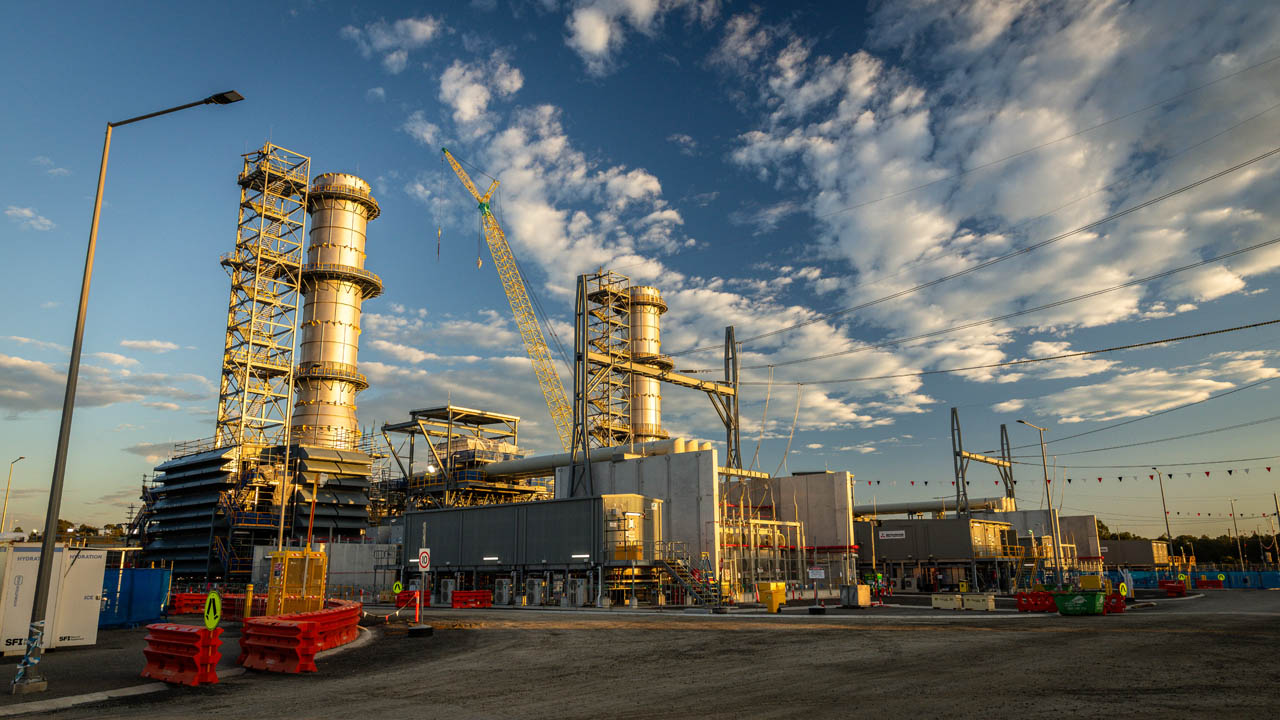
Hunter Power Project
- INSIGHTS
Are you leaving value on the table after the build?
- INSIGHTS
AI breakthrough in mineral processing unlocking millions in value
- INSIGHTS
The faster, the better? The intersection of rapid delivery and responsibility
- PROJECT

Newmont’s Yanacocha Water Transition Projects
- PROJECT
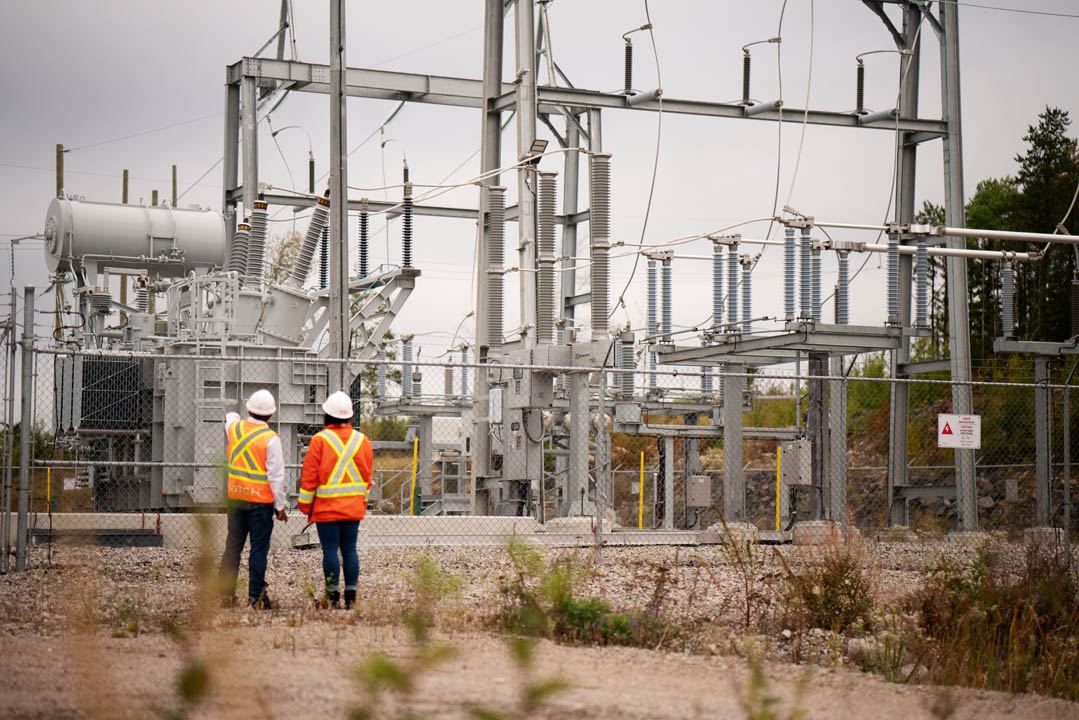
Wataynikaneyap Power Transmission Project
- PROJECT

Sound Transit’s System Expansion
